I had the pleasure of sitting down with the writer/director of the movie “Arlo the Alligator Boy” – Ryan Crego (Puss & Boots), and the two stars, Michael J. Woodard (American Idol) and Mary Lambert (singer) to ask them a few questions about this heartwarming animated musical, now out on Netflix.
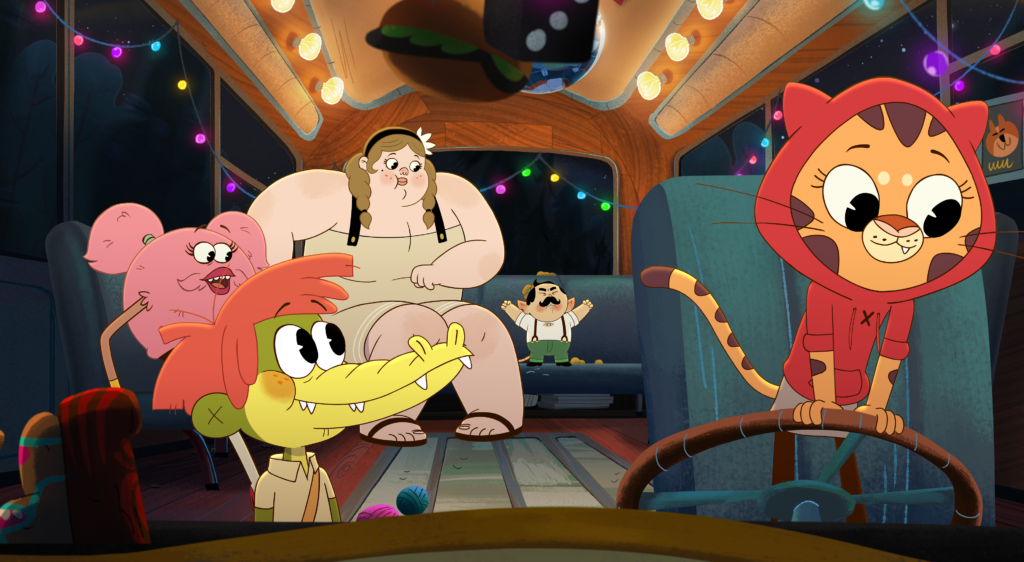
Kevin: I was very lucky to be able to catch a sneak peek of the movie, and there’s a lot of queer coding in the film, from the pink furball with a mustache, wearing heels and nails, addressed by she/her pronouns named Furlicia, voiced by Jonathan Van Ness. We also have the main character, Arlo, discovering his found family. and also the theme of learning to embrace our differences and focusing on what makes us special. Was that a concerted effort, or was the queer coding just a happy accident?
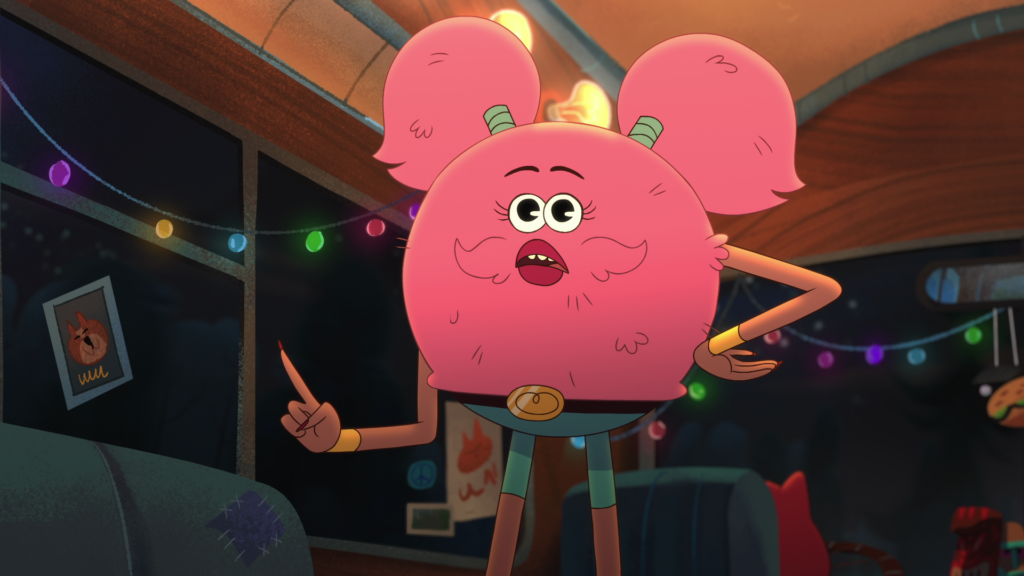
Ryan: I, you know, I guess in some aspects you don’t tell a story about, accepting yourself and accepting other people for who they are without thinking about that without thinking about, you know, the queer community, without thinking about the black community, all of the above. And so for me, you know, it’s something that I think I took seriously, knowing that the implications of what this story could mean, and if you get it wrong, what the damage that it could do, you know. And so, along the way, I made sure that, not only through the casting process and the design process, but my staffing process that I had voices around me that were diverse, that spoke to all of these characters. I think with Jonathan Van Ness, that was a character that could have gone a number of different ways. It really became about asking Jonathan if he would collaborate on that character, if he would step into a role of consulting and sort of developing that character with me, because I didn’t want that character to be, you know, Jonathan’s got such a powerful presence and he’s such a special person, he brings that to the table every day, every time he records. And so for me, it was like, I did not want to make that character, the butt of a joke, or to make, you know, I wanted that character to be funny, to be, for us, to all have fun with that character, but not to make fun of that character. So it was very important from the beginning. And that’s why, you know, we talked about pronouns, we talked about (the) outfit, we talked about, you know, Jonathan was actually the one who was like, “if it’s a fur ball and it’s going by she/her, sex it up. You know, we need more.” And I was like, okay, but it’s also a kids cartoon. (Everyone laughs) But we did, you know, to the degree that we could. And so, so yes, I mean, I was aware that would be part of the meaning of this film, of the thematic meaning of this film, and so, I had to think about it and consider it and partner with people who could give me insight and so we could do something that was meaningful and respectful.
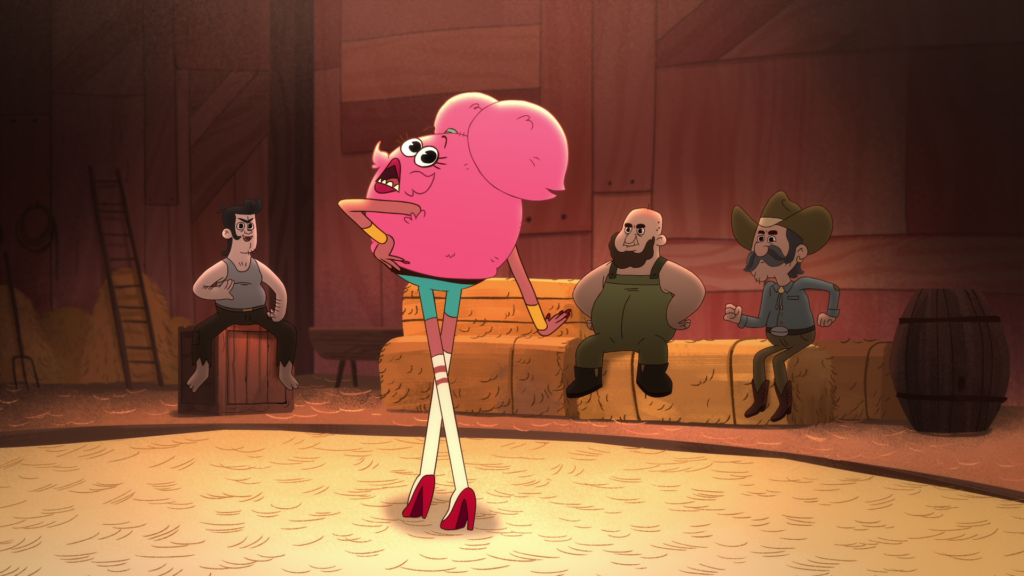
Kevin: Mary and Michael, did either of you pull from personal experience while portraying these characters and what was that experience like?
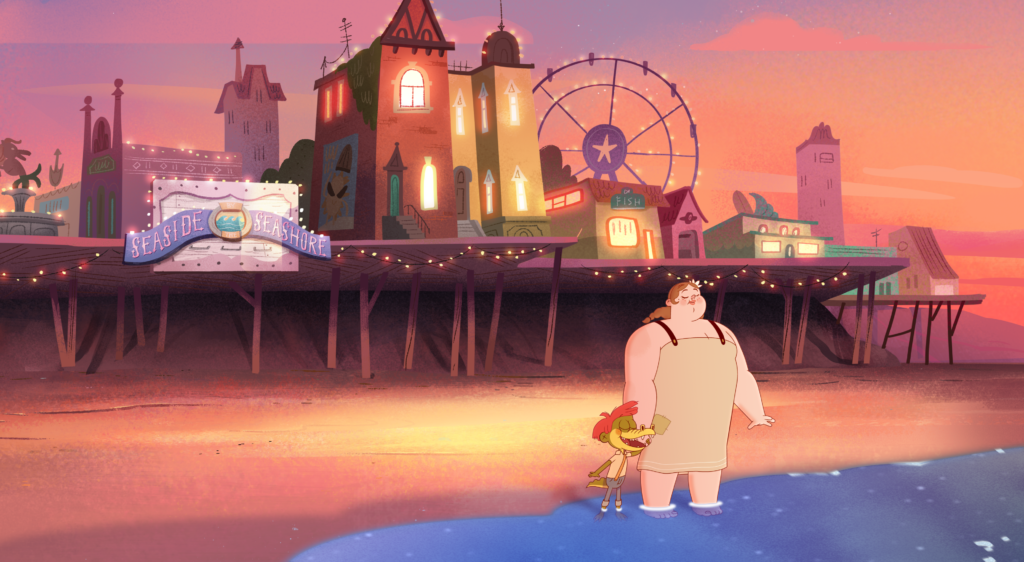
Mary: Totally. I think, I mean, initially reading the script for Bertie, I was just so excited that there wasn’t a single fat joke about her. And I also loved that once I saw the visuals and started seeing the animation, that Arlo was sort of this epitome of imagination. And I think that’s what like happens in queer culture, is like the bounds of what is possible is limited by imagination. And I love that this storyline centers around chosen family and community. And for me, it was really cathartic playing somebody who was a big girl. And I thought about my younger self watching this and how healing that would have been and how much I craved representation for big girls when I was younger. I had, you know, Lindy West talks about this in “Shrill”, but she’s like, you have the Teapot from “Beauty and the Beast” you know, a matronly inanimate object, or Mrs. Trunchbull from “Matilda”, you have the villain. And so it’s exciting to be the hero, like Bertie is super strong and she protects Arlo and she’s vegan and she’s sensitive and can sing, and she is complex. And I think that’s so exciting and healing to be able to play that character.
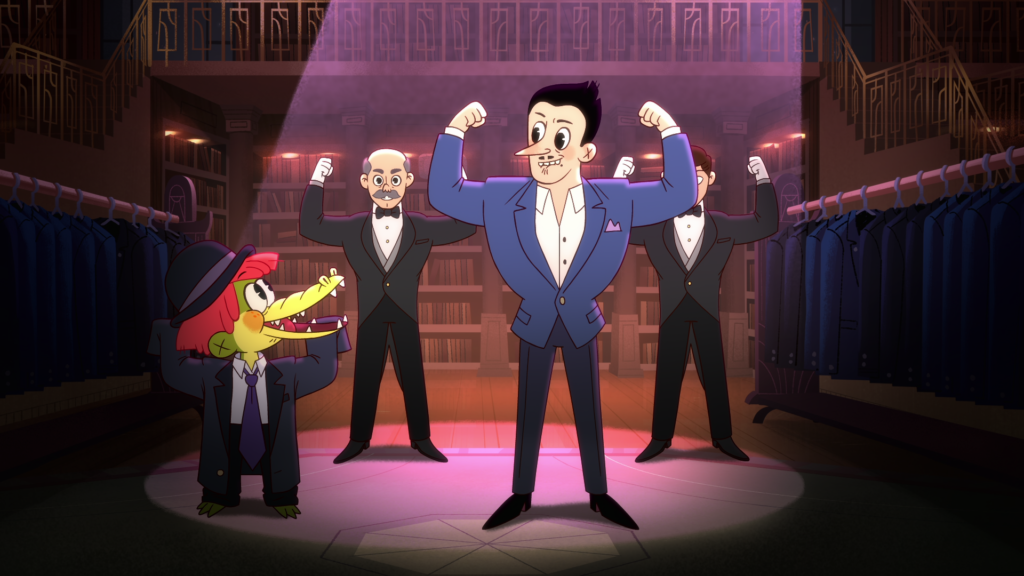
Michael: I would say definitely I pulled from experience and things like that. And also just my natural personality. I think I didn’t have to stray far away from myself in order to really portray Arlo. I am very blessed and lucky to have that be a part of the character. And you will see moments where Arlo is conflicted in the movie, and that, yes, he’s happy and he’s optimistic, but he is human. And there are parts of his journey where he is pretty, disgruntled or just conflicted about life and where he should go, what he’s doing, and he’s confused. So just seeing those moments and me being in and having to portray those moments, there have been times in my life where I have felt that exact same way. Especially the high school period of my life. I think that was the time that I felt that way. Like what the freak am I doing? I’m young, I know where I want to be, but I’m not there yet. And it’s hard. So just pulling from those experiences, even to give life to those moments that Arlo was going through, was definitely a plus and helped me a lot to be able to portray those emotions.
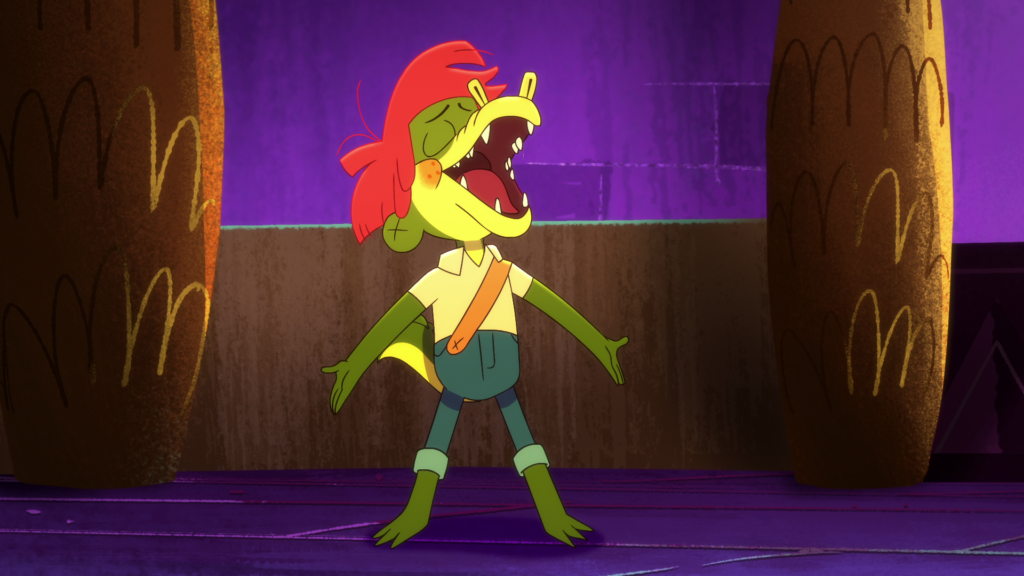
Kevin: Why was it so important that this story be told as a musical and what role did the music play in the development of these characters?
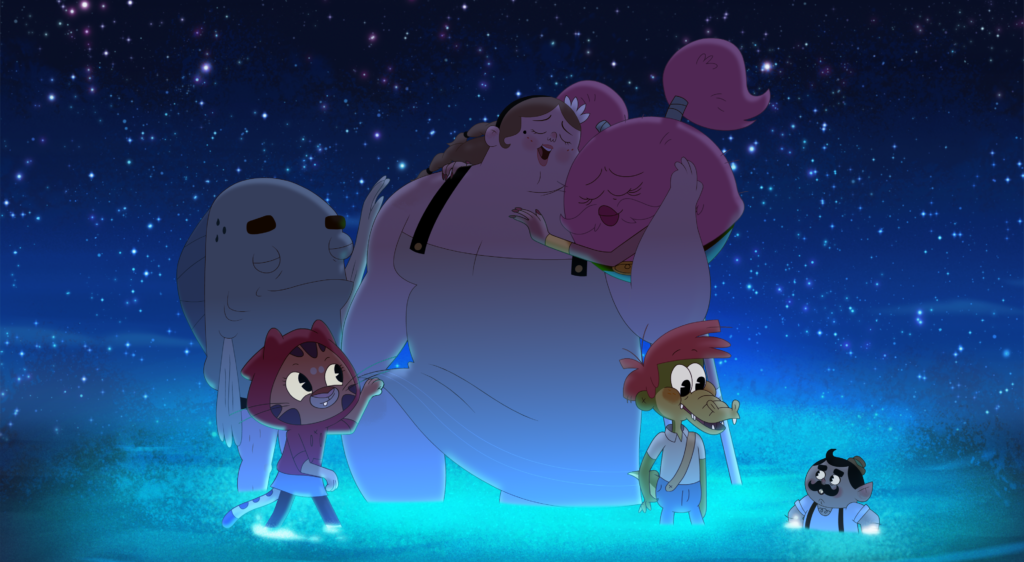
Ryan: To answer the first part, I grew up playing music, I’ve been in bands my whole life, and been a songwriter for a long time. Not nearly as successful as the two (Michael and Mary) that I’m sitting here with, but that’s okay. (laughs) I love music, and I was always surrounded by it when I was young, and so it’s had an impact on me. When I got the chance to actually make my dream project, to do something that I thought would be like, this is me on a platter, it had to be musical. I didn’t anticipate actually writing all the music. I kind of had my friend, Alex Geringas pinned for that, and I was just gonna feed him the story and he was going to do it. But, he insisted when we got into our first couple of sessions that he wasn’t going to write without me. So, that was a big part of it, when I was writing the story, I was also writing the music at the same time.
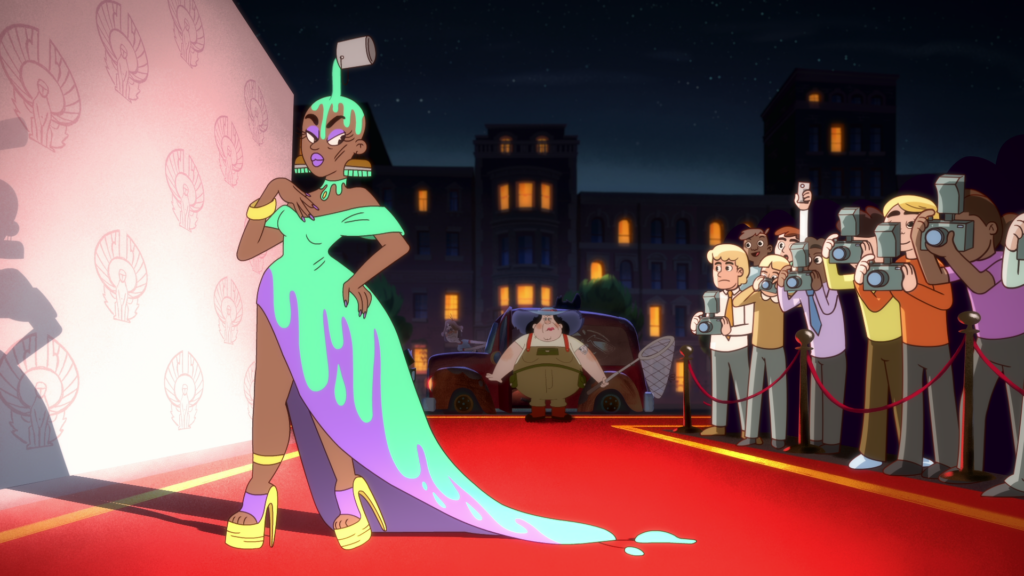
Ryan: So we were kind of going back and forth between the script and really pushing. And then we found Michael and Mary, and the songs evolved even more because we knew who the voices were, what they were capable of and then started to write songs additionally, after the recording process. It was a pretty organic thing. I’d never made a musical before, I’ve worked in animated projects that have had musical elements, but I’ve never actually made a musical. So I kind of literally went onto Google and said like, how do you, how do you make a musical? (Mary & Michael laugh) And then watched everything I could and started studying, and listened to a ton of top 40 stuff. I really pushed myself into like a good two year cocoon of music, where I was just thinking about, what is this project going to be, how are we going to do this musically? And I’m super proud of the work we’ve done. I feel like the songs are touching, the voices of these two really reach out of the screen and just grab you in the heart and just make you feel for the characters. And I couldn’t ask for anything more, when watching a musical, to have that kind of emotional grip, and attachment to the songs. So, I’m pretty proud of what we’ve done.
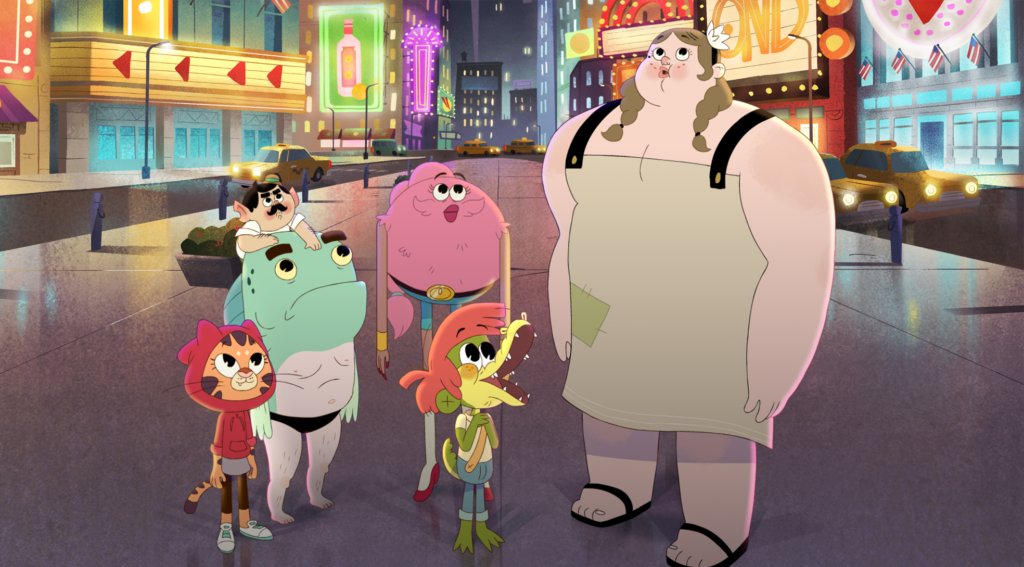
Kevin: And I really enjoyed watching it and I enjoyed both of your characters (Arlo & Bertie) and just the love that’s there. And I’m really excited for other people to experience it and also for us to see their adventures continue, in the series “I ❤️ Arlo”.
.
“Arlo the Alligator Boy” is now out on Netflix.
.
Check out the full audio below:

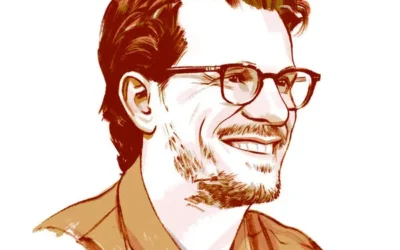
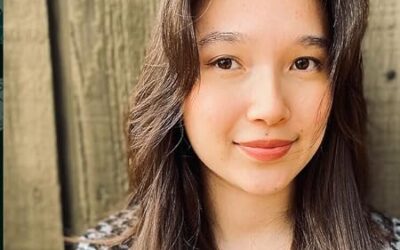
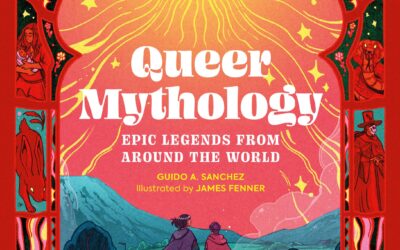
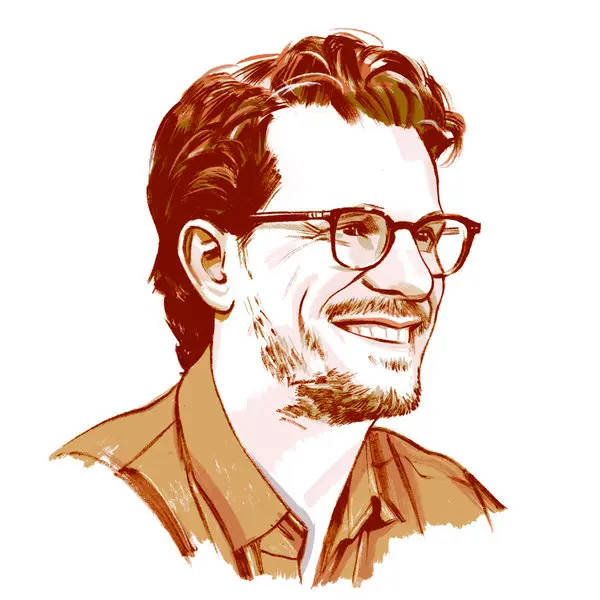
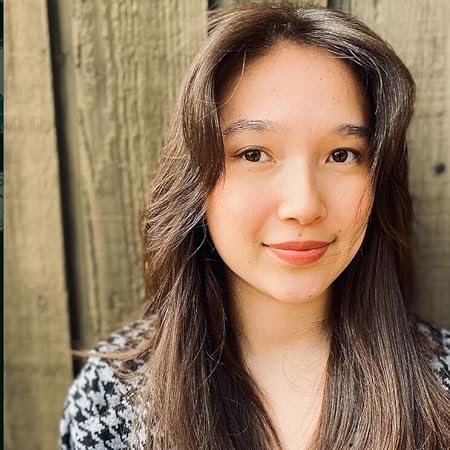
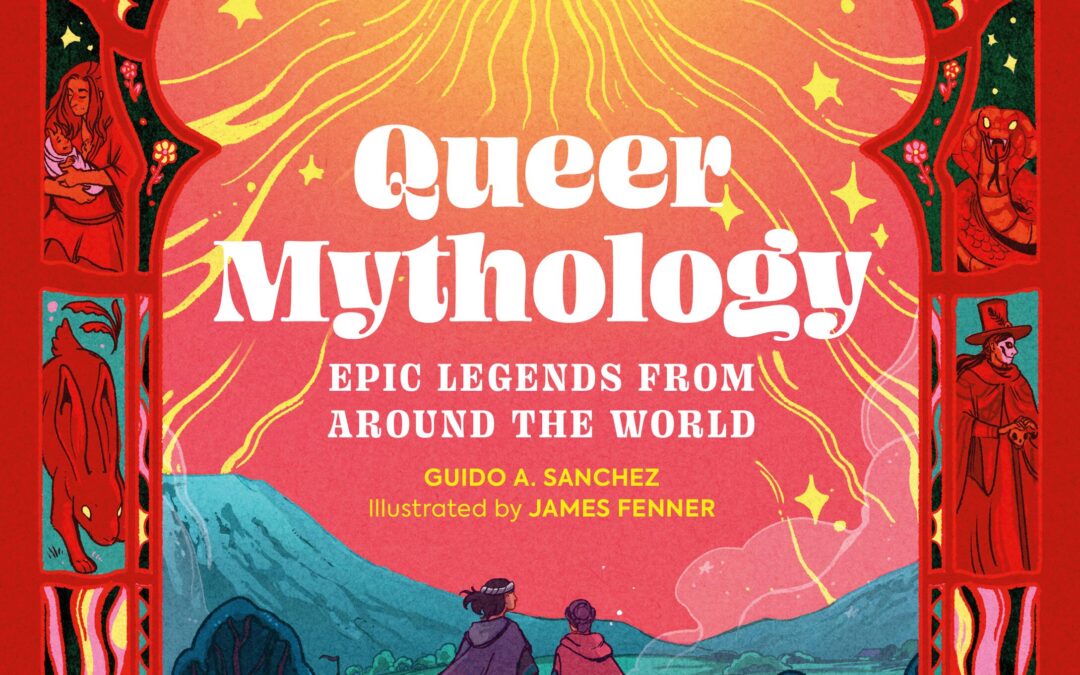
0 Comments